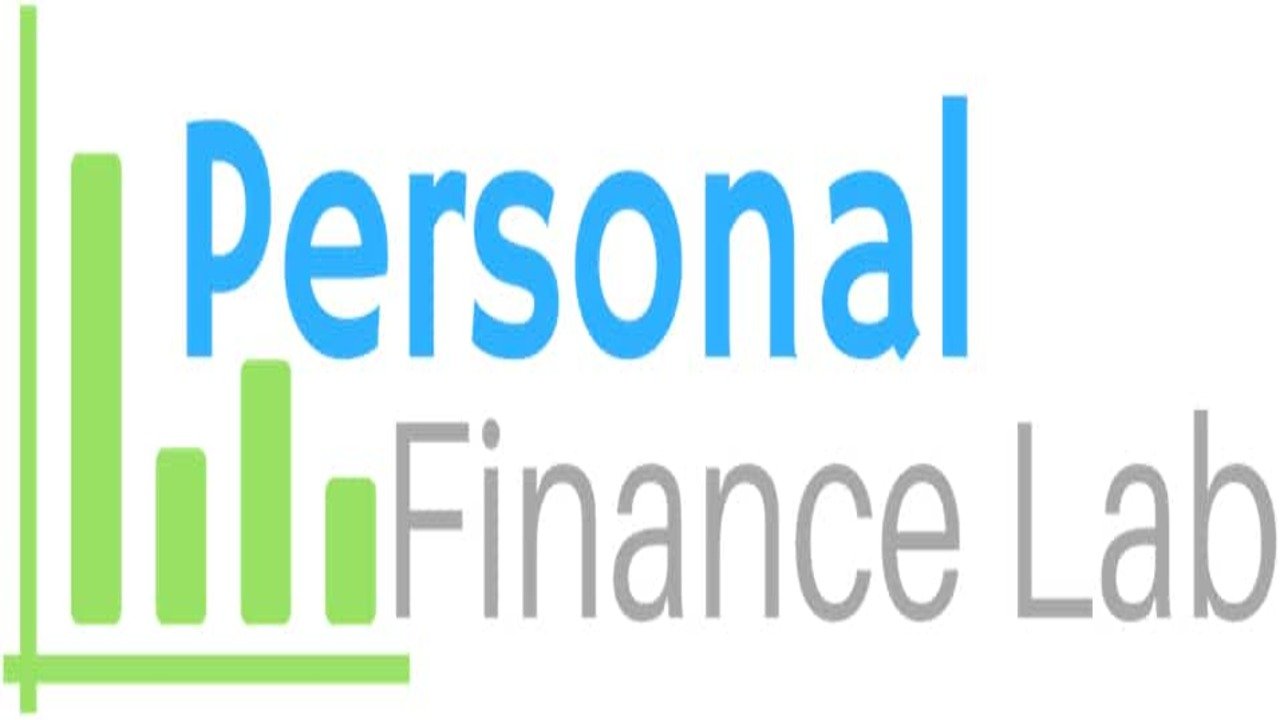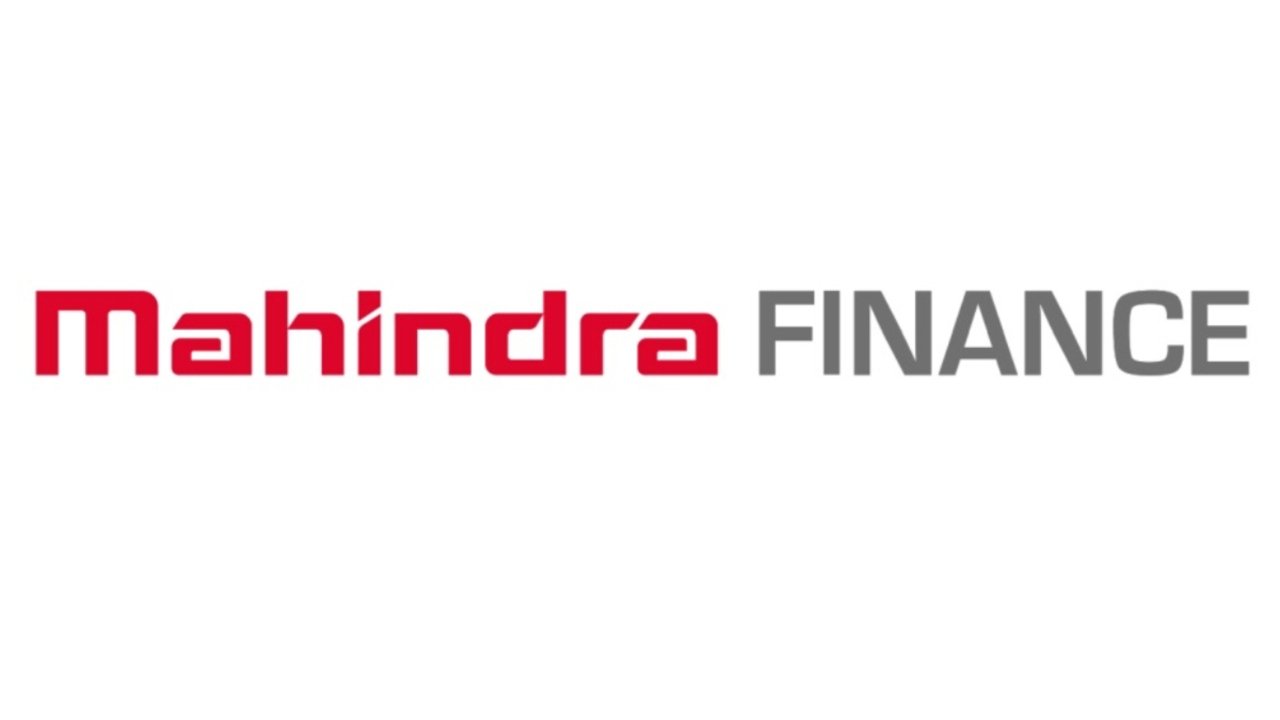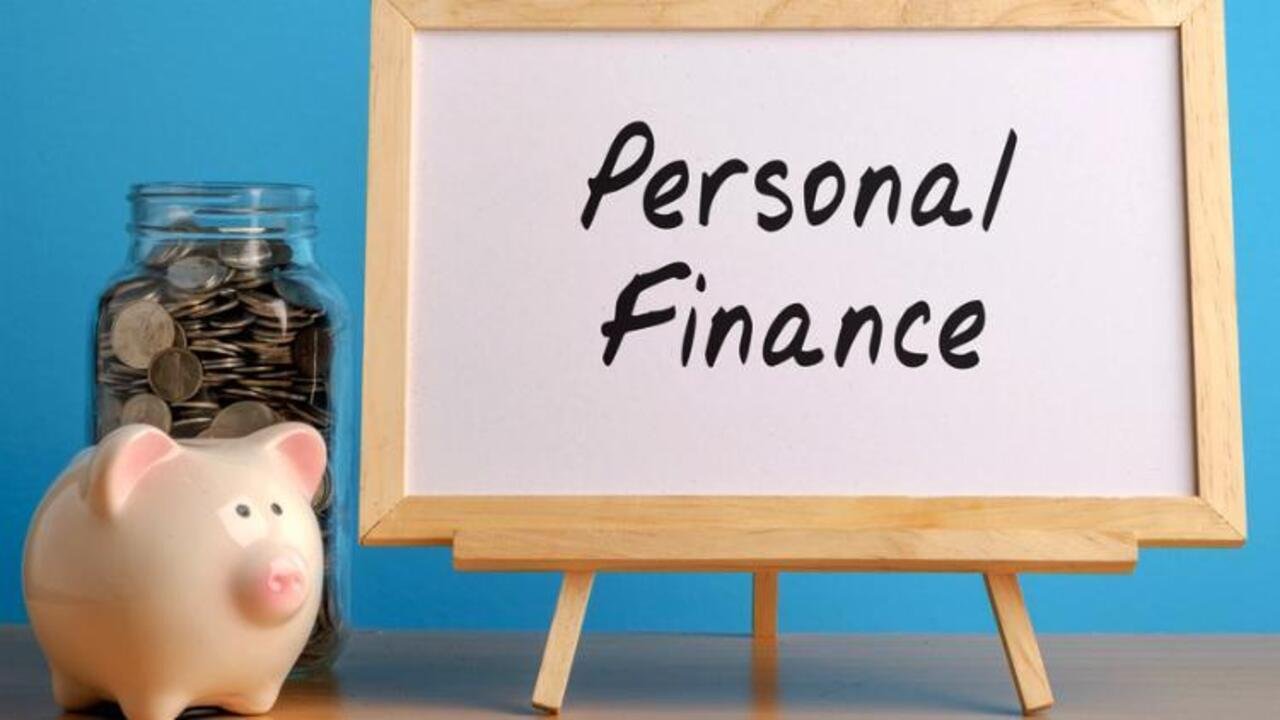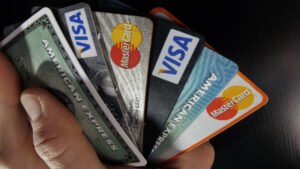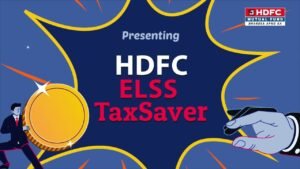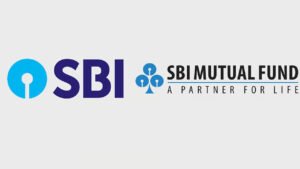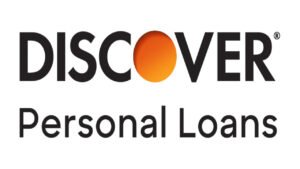Personal Finance Lab 2025 Interactive Tools & Lessons.
In 2025, Personal Finance Lab (PFL), developed by Stock-Trak, remains a leading web-based platform for teaching financial literacy to middle and high school students. Designed for personal finance, economics, business, social studies, and math classes, PFL combines gamified simulations, interactive lessons, and robust teacher tools to foster hands-on learning. With over 300 standards-aligned lessons, a Budget Game, a Stock Game, and real-time analytics, PFL empowers students to master essential money management skills through experiential education. This article explores PFL’s interactive tools and lessons in 2025, their impact on financial education, implementation strategies, and challenges, supported by a comparative table of key features.
Thank you for reading this post, don't forget to subscribe!Overview of Personal Finance Lab
Personal Finance Lab is an experiential learning platform that integrates real-world financial simulations with educational content. Built by Stock-Trak, a pioneer in portfolio simulations since 1990, PFL serves over 1 million students annually across U.S. schools and homeschool programs. Its mission is to make financial literacy engaging and accessible, aligning with national (Jump$tart, CEE, NBEA) and state standards. In 2025, Personal Finance Lab core offerings include the Budget Game, Stock Game, and a comprehensive Learning Library, supported by teacher dashboards and student certifications. The platform is cloud-based, enabling access from any internet-connected device, making it ideal for both in-class and remote learning.
Personal Finance Lab relevance is underscored by 2025 economic realities: with U.S. household debt at $17.7 trillion (Federal Reserve) and 60% of Gen Z lacking basic financial literacy (FINRA), tools like PFL are critical for preparing students to navigate budgets, credit, and investments. Its gamified approach addresses the engagement gap, as 78% of teachers report increased student interest in finance topics, per PFL’s 2024 impact report.
Core Interactive Tools in 2025
Personal Finance Lab interactive tools simulate real-life financial scenarios, making abstract concepts tangible. Below are the primary tools and their features:
1. Budget Game
The Budget Game is Personal Finance Lab flagship simulation, allowing students to manage a virtual budget over 12 virtual months. Students play as either a college student with a part-time job or a recent graduate with a full-time job, facing realistic financial decisions.
- Features:
- Income and Expenses: Students manage variable income (e.g., $2,000/month part-time, $4,000/month full-time) and expenses like rent ($800/month), utilities, and groceries. Unexpected “life events” (e.g., car repairs costing $500) test decision-making.
- Credit and Savings: Students learn to use debit/credit cards, build credit scores (e.g., boosting from 600 to 700), and maintain an emergency fund ($1,000 goal).
- Scoring: Points are awarded for meeting savings goals, building credit, and maintaining a “Quality of Life” score, not just net worth, emphasizing financial principles.
- Customization: Teachers set parameters like wages, taxes (e.g., 20% income tax), and life event frequency.
- Impact: A 2024 PFL study found 85% of students improved budgeting skills, with pre/post-test scores rising from 60% to 82% on average.
- Example: A student allocates $200/month to savings, pays a $100 phone bill, and faces a $300 medical expense, learning to prioritize needs over wants.
2. Stock Game
The Stock Game lets students manage a virtual investment portfolio, starting with $500 in cash, trading U.S. stocks, ETFs, mutual funds, and bonds on major exchanges (NYSE, NASDAQ).
- Features:
- Real-Time Data: Students access live market data, company financials, and analyst ratings to make informed trades (e.g., buying 10 shares of Apple at $200).
- Research Tools: Includes symbol lookup, SEC filings, and charting tools for analyzing trends (e.g., 5-year stock performance).
- Team Play: Teachers can group students into collaborative portfolios, fostering teamwork while tracking individual actions.
- Rankings: Performance is ranked by portfolio return (e.g., 10% gain), encouraging competition.
- Impact: Students trading 25+ times showed a 75% increase in understanding investing concepts, per Personal Finance Lab 2024 data.
- Example: A student invests $300 in an ETF, monitors a 5% gain, and learns diversification by spreading funds across sectors.
3. Learning Library
Personal Finance Lab Learning Library offers over 300 lessons on personal finance, investing, economics, business, and career prep, each 5–10 minutes long.
- Features:
- Content: Covers budgeting, credit scores, taxes, compound interest, and more, with videos (e.g., animated series on “What to Do with Your Receipts”) and interactive calculators (e.g., “Saving to Be a Millionaire”).
- Quizzes: Self-grading pop quizzes (3–5 questions) ensure mastery, with retry options if enabled by teachers.
- Standards Alignment: Maps to Jump$tart, CEE, and state standards, ensuring curriculum relevance.
- Certificates: Students completing all lessons earn Financial Literacy and Investing101 certificates.
- Impact: 90% of students completing 50 lessons improved financial literacy scores by 20%, per PFL’s 2024 report.
- Example: A lesson on credit scores teaches a student how late payments drop their score by 50 points, reinforced by a quiz scoring 80%.
4. Teacher Dashboard
The teacher dashboard provides real-time analytics and customization options, streamlining classroom management.
- Features:
- Progress Tracking: Monitors student activity, quiz scores, and game performance (e.g., time spent, trades made).
- Reports: Customizable reports on budget decisions, stock trades, and quiz results, exportable to Excel.
- Customization: Teachers set lesson sequences, deadlines, and game rules (e.g., enabling bonds or limiting trades to 25).
- Support: Live chat and a dedicated account manager assist with setup and troubleshooting.
- Impact: Teachers save 10–15 hours per semester on grading and planning, per Personal Finance Lab 2024 teacher survey.
- Example: A teacher identifies 30% of students struggling with credit card lessons, assigning targeted reteaching.
Key Lessons in 2025
PFL’s lessons are designed to be engaging, practical, and aligned with real-world scenarios. Key topics in 2025 include:
- Budgeting: Teaches zero-based budgeting, expense tracking, and emergency fund creation (e.g., saving $1,000 in 6 months).
- Credit Management: Covers credit scores, responsible credit card use, and debt repayment (e.g., impact of a $100 late payment).
- Investing: Explains stocks, bonds, ETFs, and long-term wealth building (e.g., compounding $1,000 at 7% over 20 years).
- Taxes: Includes paystub analysis, W-2 forms, and progressive tax calculations (e.g., 22% tax on $50,000 income).
- Career Planning: Explores post-high school options, linking education to income potential (e.g., trade school vs. college costs).
- Scams and Fraud: Teaches students to identify phishing or financial scams, critical in 2025 with a 15% rise in online fraud (FTC data).
Lessons incorporate videos, calculators, and mini-games (e.g., “Buy vs. Lease Calculator”), making learning interactive. For example, a student using the “Saving to Be a Millionaire” calculator learns that $200/month at 8% interest grows to $1 million in 40 years.
Implementation Strategies for Teachers
To maximize PFL’s impact, teachers can adopt the following strategies:
- Integrate with Curriculum: Align PFL lessons with existing units (e.g., budgeting in math, investing in economics). PFL’s course outlines provide pacing guides for 9-week or semester-long courses.
- Use the Teacher Test Drive: Explore Personal Finance Lab free trial to test games and lessons, ensuring familiarity before class use.
- Leverage Gamification: Encourage competition via game rankings and certificates, boosting engagement (e.g., top 3 students win digital gift cards in PFL’s Financial Literacy Challenge).
- Monitor Progress: Use the dashboard to identify struggling students (e.g., 60% quiz scores) and assign reteaching.
- Incorporate Group Projects: Assign team portfolios in the Stock Game to foster collaboration, with 70% of teachers reporting improved student teamwork, per PFL’s 2024 survey.
Financial Literacy Challenge 2025
Personal Finance Lab Financial Literacy Challenge, running March 31 to April 25, 2025, engages students in the Budget and Stock Games, with prizes ($100 gift cards) for top performers. Students must complete one virtual month of budgeting and build a diversified portfolio. The challenge includes 80 supplemental lessons, with completion earning a certificate. In 2024, 12,000 students participated, with 85% reporting increased confidence in financial decisions.
Comparative Table of PFL Tools and Features
| Tool | Description | Key Features | Cost | Pros | Cons |
|---|---|---|---|---|---|
| Budget Game | Simulate 12 months of budgeting | Manage income, expenses, credit, emergency fund; customizable life events | $10–$15/student (bulk discounts) | Realistic scenarios, engages 85% of students | Limited to two role scenarios |
| Stock Game | Virtual portfolio management | Trade stocks, ETFs, bonds; real-time data, research tools | Included in platform fee | Teaches investing, 75% knowledge gain | Limited to U.S. markets in free version |
| Learning Library | 300+ lessons on finance topics | Videos, calculators, quizzes; standards-aligned | Included in platform fee | Comprehensive, certificate incentives | Some lessons text-heavy |
| Teacher Dashboard | Analytics and customization | Track progress, export reports, set rules | Included in platform fee | Saves 10–15 hours/teacher, customizable | Learning curve for new users |
| Financial Literacy Challenge | Annual competition | Budget/Stock Games, prizes, certificates | Free with paid license | Boosts engagement, 12,000+ participants | Limited to March–April |
Challenges and Limitations
Despite its strengths, PFL faces challenges in 2025:
- Cost: At $10–$15 per student, PFL may strain school budgets, though bulk discounts and homeschool options (via TeachPersonalFinance.com) help.
- Technical Issues: Some students report platform glitches, like slow loading or quiz submission errors, with 10% of 2024 users affected, per teacher feedback.
- Engagement Variability: While 78% of students engage, text-heavy lessons can bore some, requiring teachers to supplement with discussions.
- Limited Scope: The free Financial Literacy Challenge excludes international stocks and cryptocurrencies, available only in paid custom classes.
- Learning Curve: Teachers new to PFL may need 2–3 hours to master the dashboard, per a 2024 Common Sense Education review.
Impact and Success Stories
Personal Finance Lab impact is evident in its 2024 data: students using the platform showed a 22% improvement in financial literacy scores, with 90% understanding credit scores and 85% mastering budgeting. A Florida high school reported that 80% of students felt prepared to manage post-graduation finances after using PFL for a semester. Teachers praise its ease of use, with one noting, “The tutorials mean less hand-holding, and students love checking rankings,” saving 15 hours of prep time.
Future Outlook
In 2025, PFL plans to enhance its platform with:
- AI Integration: Predictive analytics to tailor lessons to student weaknesses, targeting a 10% score improvement.
- Expanded Content: New lessons on cryptocurrency and ESG investing to reflect 2025 trends.
- Mobile App: A dedicated app to improve accessibility, addressing current website navigation issues.
- Global Expansion: Adding international markets to the Stock Game for broader appeal.
Conclusion
Personal Finance Lab in 2025 is a transformative tool for financial education, blending interactive simulations like the Budget and Stock Games with a robust Learning Library. Its 300+ standards-aligned lessons, real-time analytics, and gamified challenges engage students, with 85% showing improved financial literacy. The comparative table highlights its strengths, though costs, technical glitches, and engagement variability pose challenges. By integrating PFL into curricula and leveraging its teacher tools, educators can empower students to navigate 2025’s complex financial landscape, from managing $17.7 trillion in U.S. debt to building wealth. With planned enhancements like AI and mobile access, PFL is poised to remain a leader in financial literacy education.
